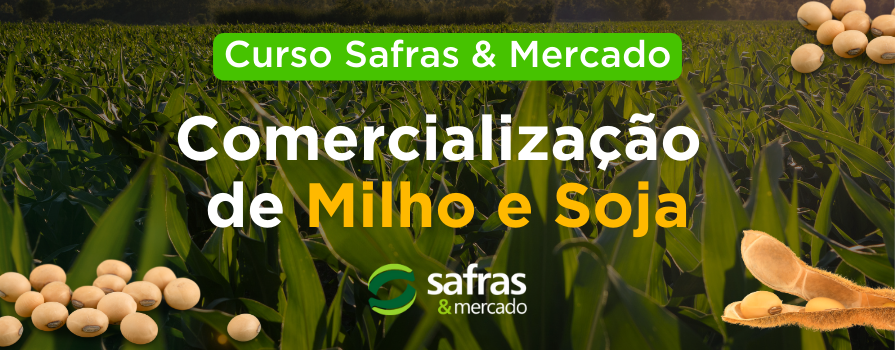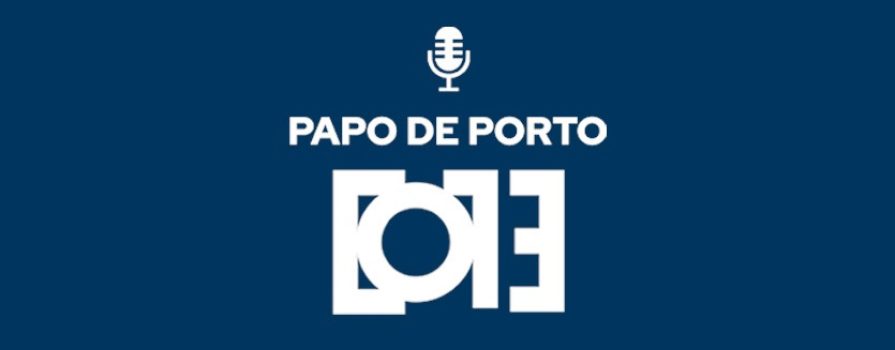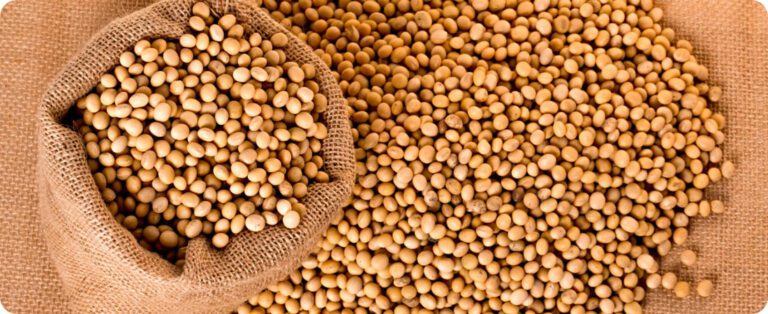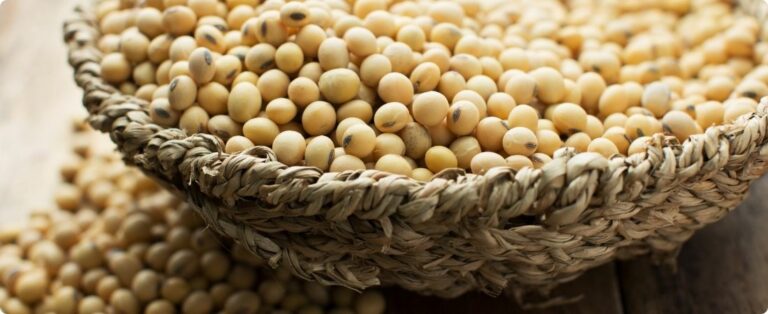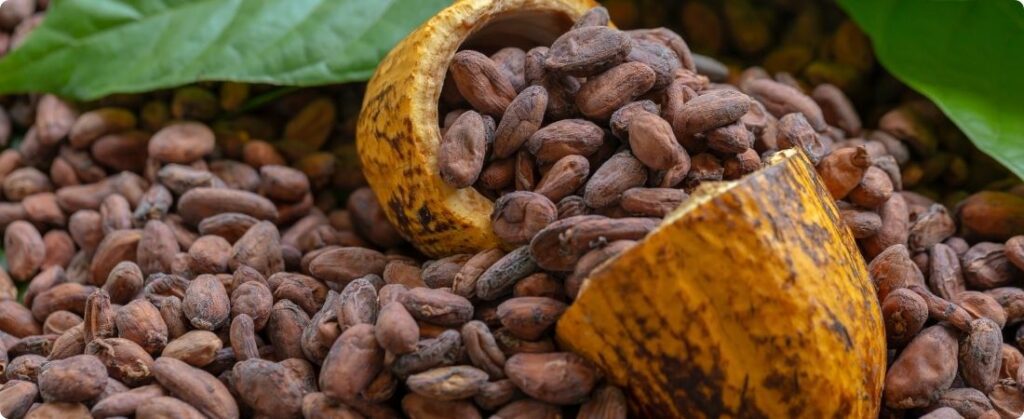
Farmers in the main cocoa producing regions of the Costa do Marfim are alarmed by the lack of rain. Therefore, the development of the intermediate harvest, scheduled for the period from April to September, is at risk. According to sources heard by Reuters, the situation could compromise both productivity and the quality of the grains.
Ivory Coast, the world’s largest cocoa producer, is currently in the dry season. This season, which runs from November to March, is characterized by low rainfall. In addition, farmers have reported that the main harvest has already declined, and the coming months, especially February and March, will be challenging.
In the central-western regions, such as Daloa, and in the central areas, such as Bongouanou and Yamoussoukro, the lack of rain in the last week has started to directly impact the plantations. For example, the drought is already affecting the first flowers and young cocoa pods, known as cherelles, which could reduce the size of the intermediate crop.
“If there is no good rain until early February, farmers will delay the mid-season harvest and may harm the quality of grains as early as next month,” said farmers in the region.
In the western regions of Soubre and the southern areas of Agboville and Divo, as well as the eastern region of Abengourou, the situation varies. In these areas, despite little or no recent rain, the soil moisture content is still helping the crops to grow.
The ongoing drought, however, increases uncertainty about the performance of the mid-season crop. Farmers are monitoring the weather conditions and hope that the arrival of rains can alleviate the impact on cocoa cultivation, which is vital for the local economy and the global market.
Source: datagro

